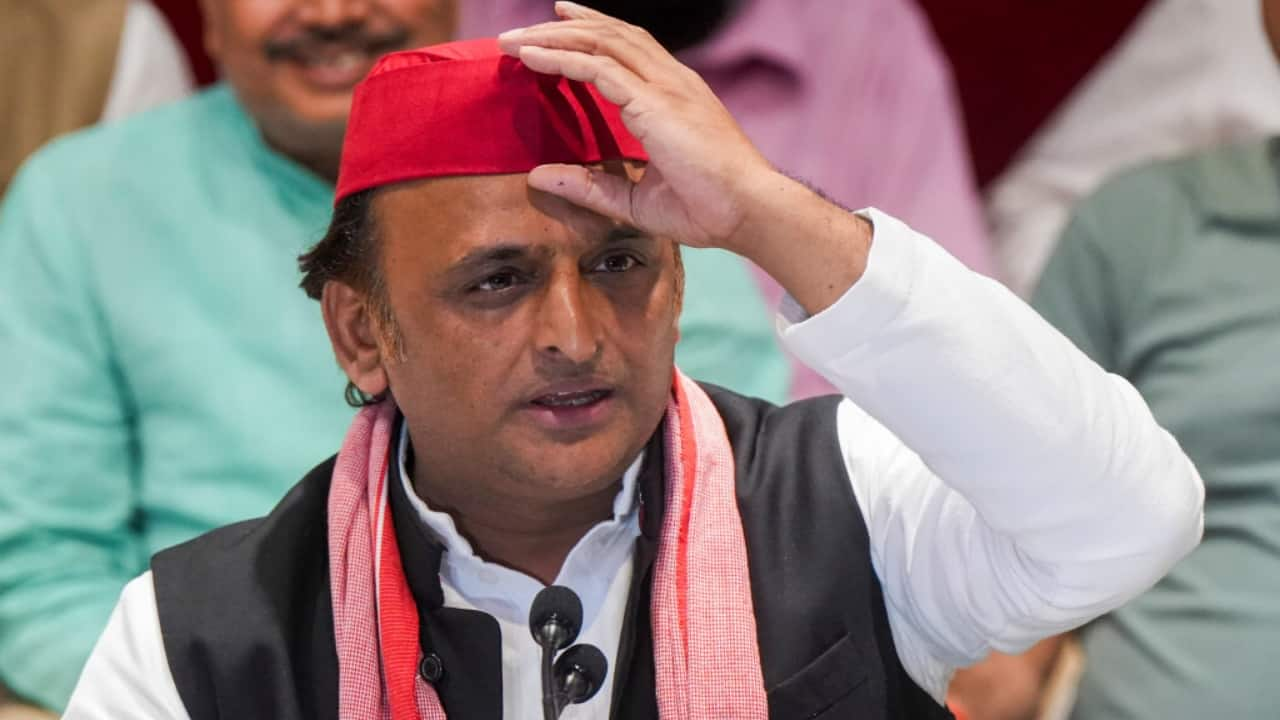Inefficiency in healthcare is more than just inconvenient. It can often be expensive.Yet in today’s world, where tap-to-pay is routine at coffee shops and digital identities help authenticate purchases in seconds, it’s startling to discover that much of the healthcare system in the United States still leans heavily on checks and cash.
The cost? Operational inefficiency, regulatory risk and a subpar patient experience.Despite widespread digital transformation across industries, a large swath of the healthcare sector remains tethered to manual payment systems. However, these paper checks, manual reconciliation processes and outdated billing infrastructures can introduce frictions that reverberate across the value chain, from payer to provider to patient.

The April 2025 B2B and Digital Payments Tracker® Series from PYMNTS Intelligence and American Express showed that 67% of healthcare payer executives reported reduced efficiency due to these outdated systems.Digital payments offer a cleaner alternative, the report found. Automated billing systems, real-time payment notifications and direct deposit mechanisms allow healthcare providers to accelerate their revenue cycle and reduce friction in the claims process.
A System Stuck in the PastIn many provider offices, checks are still printed, envelopes still stuffed, and payments still posted manually. This isn’t just a legacy of tradition. It’s often a result of fragmented systems, complex reimbursement rules and disparate data silos.
Against this backdrop, the modernization of healthcare payments is becoming a strategic imperative.At the institutional level, the adoption of digital payments is reshaping how healthcare systems operate. Traditional billing processes have long relied on printed statements, mailed invoices and in-person payments — inefficient models that delay collections and inflate costs.
For providers and payers, digital payments can promise streamlined operations, better cash flow and reduced administrative burden.Despite the benefits, barriers remain. Legacy IT systems, budget constraints and organizational inertia can slow the pace of transformation.
Healthcare organizations, particularly smaller practices and rural hospitals, often lack the technical expertise or capital to implement comprehensive digital payment solutions.To bridge the gap, some health systems are turning to third-party platforms that offer turnkey digital payment services. These platforms handle everything from invoicing and processing to security and compliance, allowing healthcare organizations to modernize without major infrastructure overhauls.
However, the real revolution is unfolding on the patient side.The Patient Experience Requires Simplicity as a ServicePatients today expect the same convenience and transparency from their healthcare providers as they do from their favorite retailers or streaming platforms. Yet the traditional healthcare billing experience — confusing invoices, surprise charges and delayed statements — can be frustrating.
Digital payment systems are changing that narrative by making the payment process intuitive, timely and accessible.The consumerization of healthcare is shifting the stakes. As healthcare organizations embrace this shift, they’re finding that digital payments don’t just improve financial transactions; they rebuild trust and engagement at every stage of the patient journey.
“Modern payments solutions are supporting the evolution of the healthcare industry,” Alexander Paull, vice president of global merchant services at American Express, told PYMNTS in the report. “By embracing today’s digital payment solutions, providers can improve operational efficiency and reduce risk — all while keeping up with patients’ payment preferences.”At the same time, for young generations, digital payment capabilities are table stakes.
Millennials and Generation Z patients are more likely to choose providers who offer modern, tech-enabled experiences, including online appointment scheduling, telehealth and frictionless payment methods.Ultimately, there’s a deeper story here — one that is less about technology and more about trust. At its core, healthcare is a relationship-driven industry.
Every interaction, whether clinical or financial, influences how patients perceive their provider.Read the report: A Dose of Digital: How Modernizing Payments Is Revitalizing HealthcareThe post Healthcare’s Digital Payments Push Battles Rising Fraud and Falling Margins appeared first on PYMNTS.com.
.
Business

Healthcare’s Digital Payments Push Battles Rising Fraud and Falling Margins

Inefficiency in healthcare is more than just inconvenient. It can often be expensive. Yet in today’s world, where tap-to-pay is routine at coffee shops and digital identities help authenticate purchases in seconds, it’s startling to discover that much of the healthcare system in the United States still leans heavily on checks and cash. The cost? [...]The post Healthcare’s Digital Payments Push Battles Rising Fraud and Falling Margins appeared first on PYMNTS.com.














